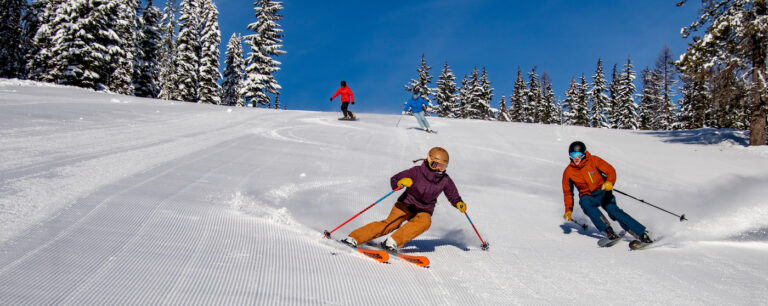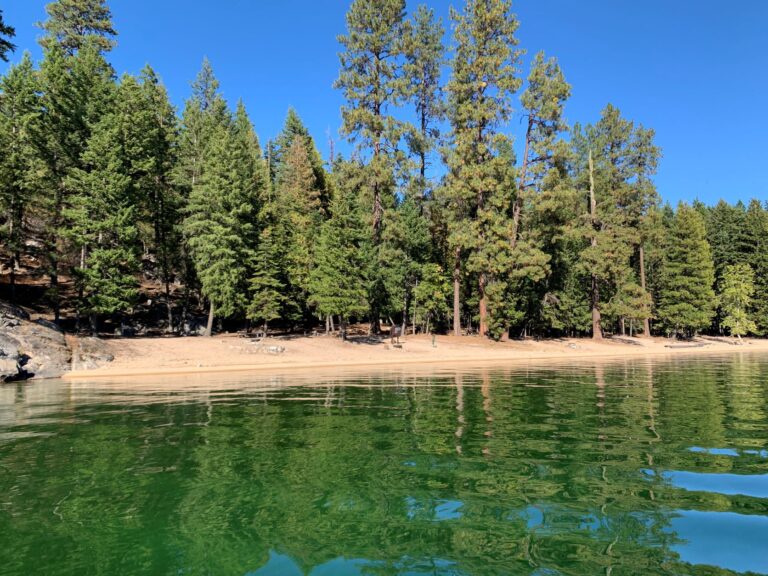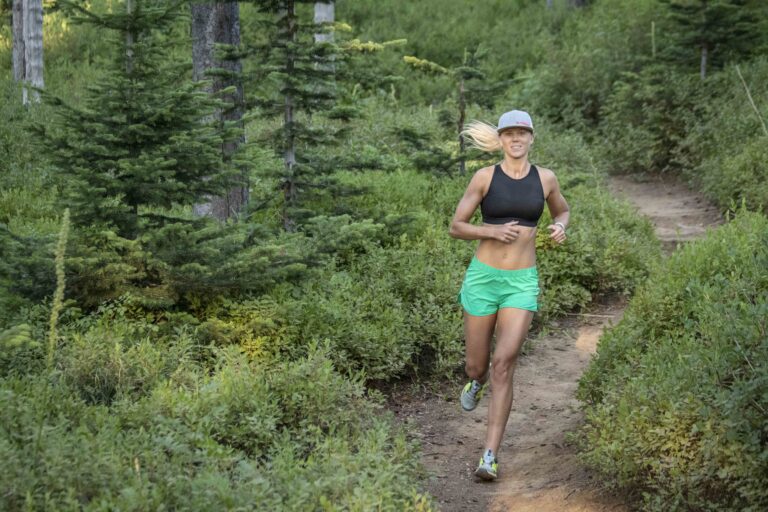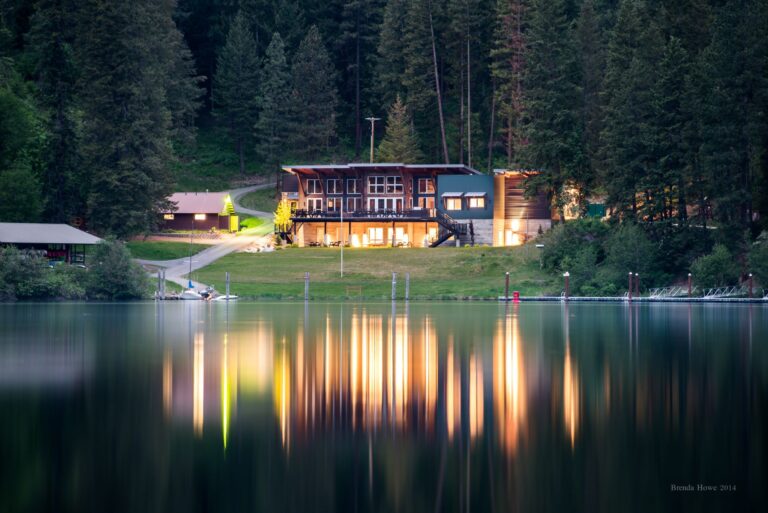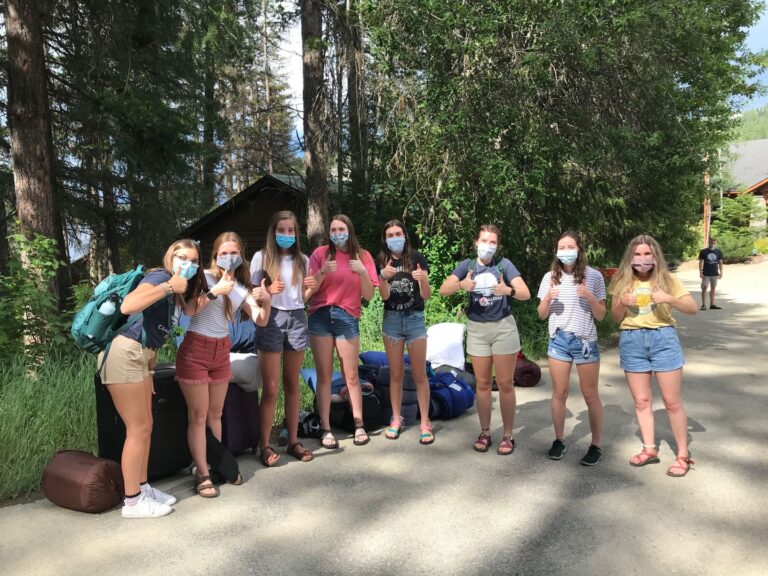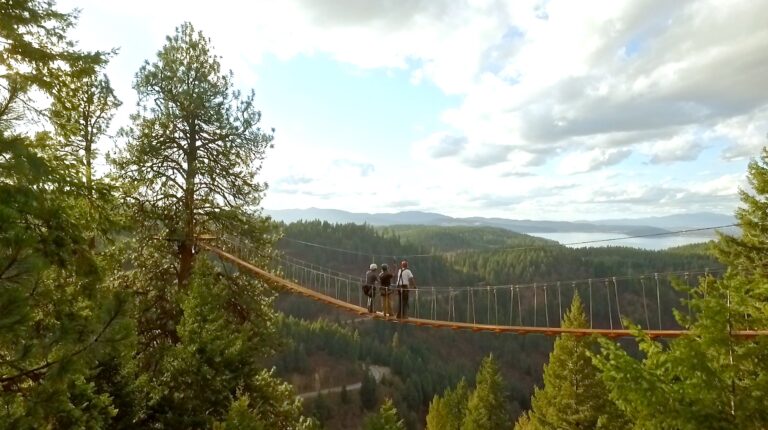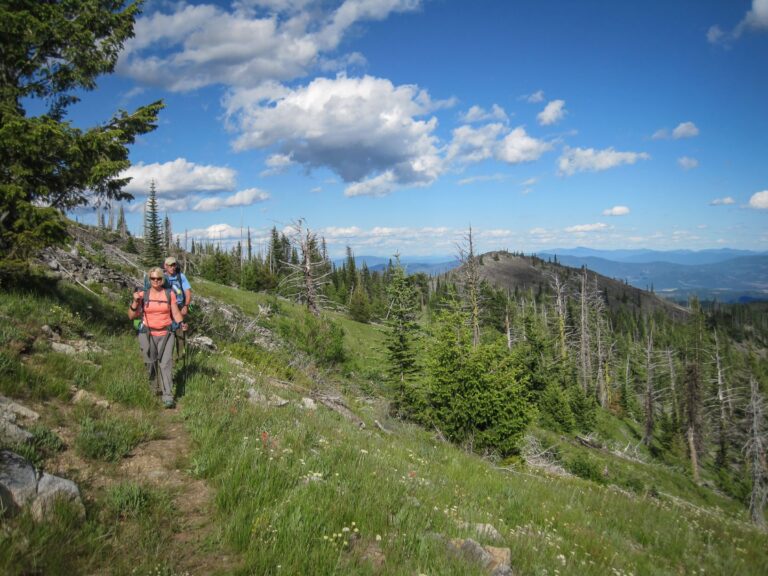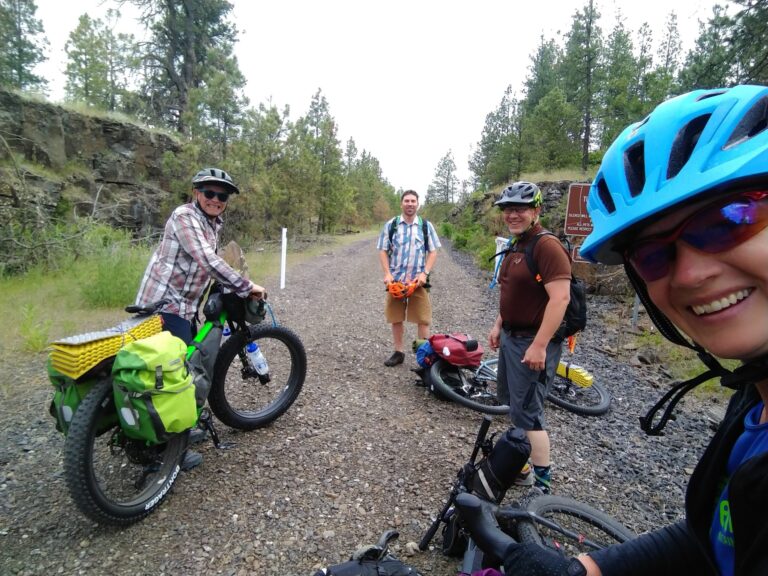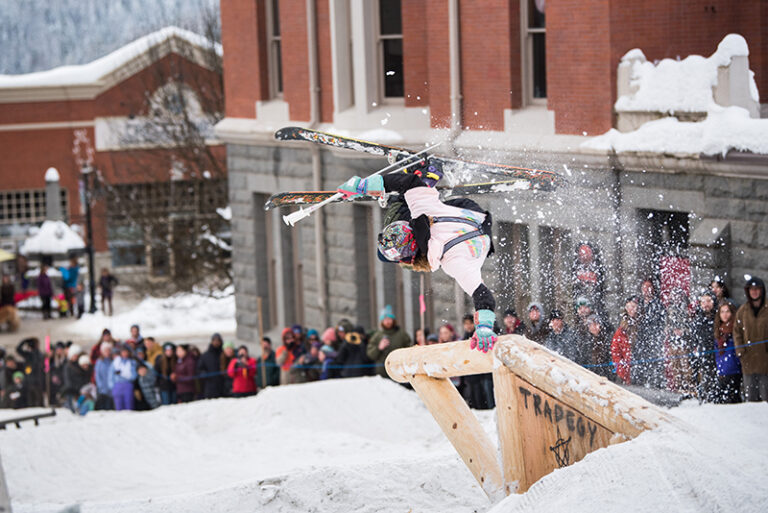How scenic hikes can help protect young eyes
Cover photo courtesy of Amy McCaffree
By Amy McCaffree
Nothing against carrots, but spending two hours outside every day is a better way to protect children’s eyesight. With screentime at record highs, the rate of children in the U.S. developing myopia, more commonly known as nearsightedness, has increased by 25% since the 1970s, according to a Sept. 2024 NPR news story by Maria Godoy, published by NPR.
Optometrists and myopia researchers, backed by studies, conclude that spending one to two hours outside every day significantly decreases the risk of children developing myopia. Bright outdoor light stimulates healthy eye development, and activities that don’t require close-up focus allow eyes to relax. Although myopia can be inherited, lifestyle habits like too much screentime and not enough outdoor time increase the risk. The earlier someone develops myopia, the greater the lifetime risk of macular degeneration, glaucoma, retinal detachment and other conditions.
Outdoor recreation provides breaks from near-focus tasks and helps young, developing eyes practice distance viewing—whether it’s looking far across a lake or at a horizon view. The natural light combined with focusing on faraway distances slows down eye elongation, thereby preventing the rapid eye growth that leads to myopia.
So, take your kids hiking this summer to destinations with horizon vistas. Because not only is it good for their eyes, but the views also reveal how big and beautiful our Inland Northwest landscape is. Here are 12 destinations, hiking trails and summits to choose from. A few are easy, but many are best suited for ages 10 and up, depending on fitness level and tolerance for hiking.
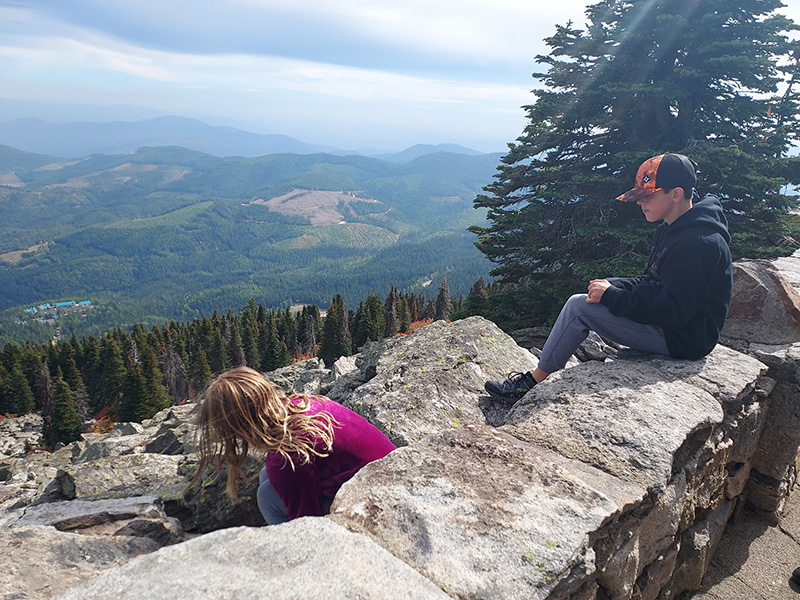
SPOKANE COUNTY
Dishman Hills Conservation Area
- The Cliffs Trail (Glenrose Unit): Hike Glenrose Trail to The Cliffs Trail and continue on for overlook views of Spokane Valley, Mica Peak and Mount Spokane.
- Blue Bunch Loop (Glenrose): 0.9-mile trail (doable for preschoolers) with overlook of Moran Prairie and downtown Spokane to the northwest.
- Nimbus Knob Loop (Camp Caro): Ascends to rocky overlook of Spokane Valley; 3 miles roundtrip.
- Rocks of Sharon (Iller Creek Unit): 3.3 miles roundtrip from Stevens Creek Trailhead; view of Palouse farmland and faraway Steptoe Butte.
Antoine Peak Conservation Area: Emerald Necklace Trail is for older youth and strong hikers; 5.7 miles, 780 feet of elevation gain for views of Spokane Valley and surrounding landmarks.
Mount Spokane State Park: During summer and fall, you can drive the North Summit Road to the historic Vista House, which is the true summit (5,853’).
THE PALOUSE
Steptoe Butte: At Steptoe Butte State Park Heritage Site, drive to the 3,612-foot summit and hike around.
Kamiak Butte: Pine Ridge Trail at Kamiak Butte County Park ascends 900 feet to the 3,641-foot summit; 3.5-miles roundtrip.
EASTERN WASHINGTON
Steamboat Rock: Panoramic views from the butte’s 2,250-foot summit via a steep, 6-mile round-trip hike; located at Steamboat Rock State Park.
NORTH IDAHO
Schweitzer Mountain Resort: Ride the Great Escape quad-chairlift to the summit ridge for 360-degree views. Return to the village via a round-trip chairlift ride (or you can hike down).
Mineral Ridge National Recreation Trail: Trailhead at Beauty Bay on Lake Coeur d’Alene’s east side; 3.3 miles roundtrip, 700 feet of elevation gain.
Scotchman Peak Trail: For teens and adults who can endure a physical challenge, this strenuous 8-mile round-trip hike ascends 3,700 feet of elevation to the highest point in Bonner County.
(Note: This article isn’t meant to replace medical advice from a certified optometrist or ophthalmologist. Annual pediatric eye exams are recommended to promote lifelong eye health.)
Amy McCaffree recommends enticing kids and teens to go hiking by bringing along “fun” snacks. For young kids, this could mean motivating with candy, like Skittles or M&Ms, at each switchback—which is how she got her son, then three years old, to hike the trail to Avalanche Lake at Glacier National Park.


